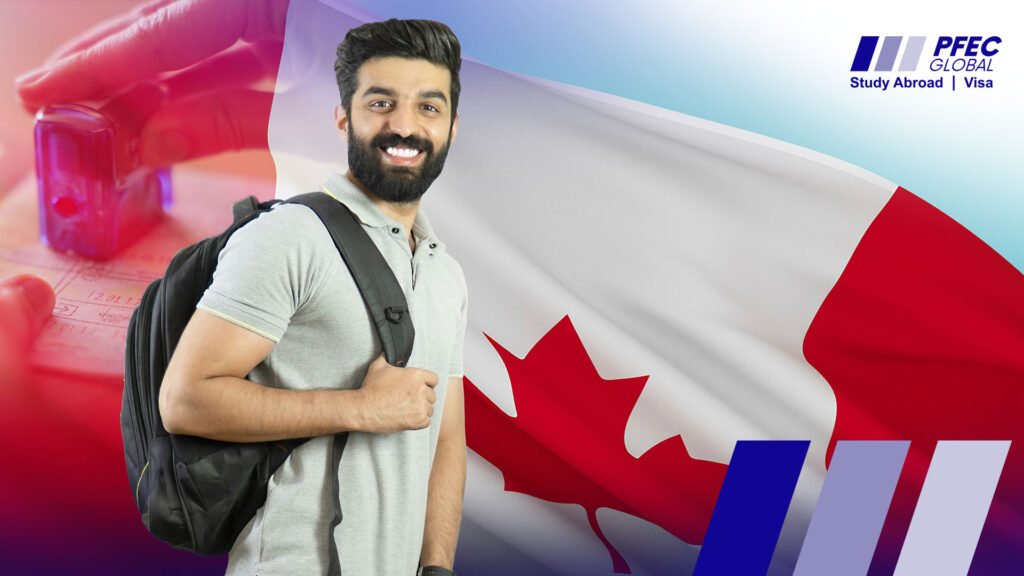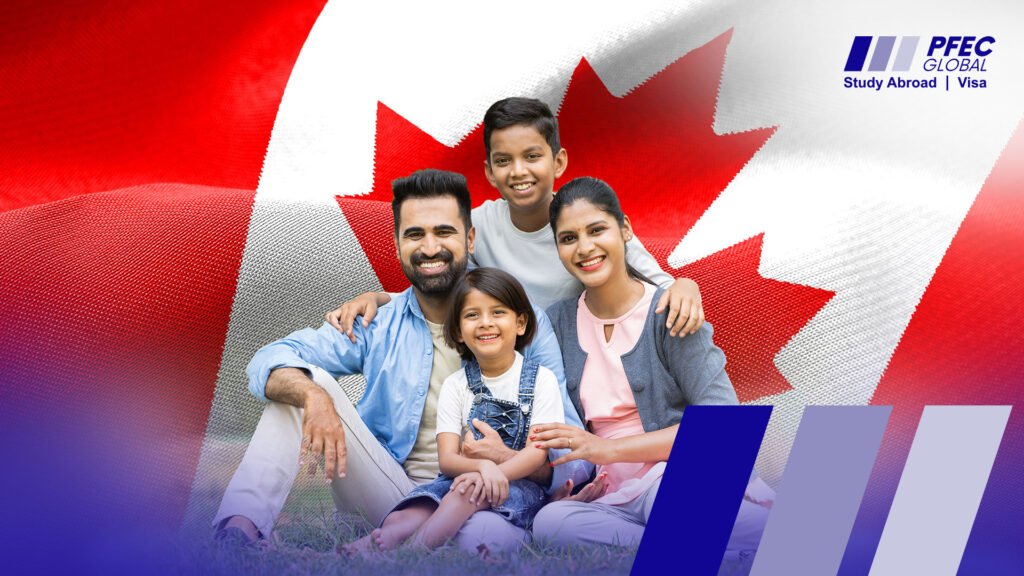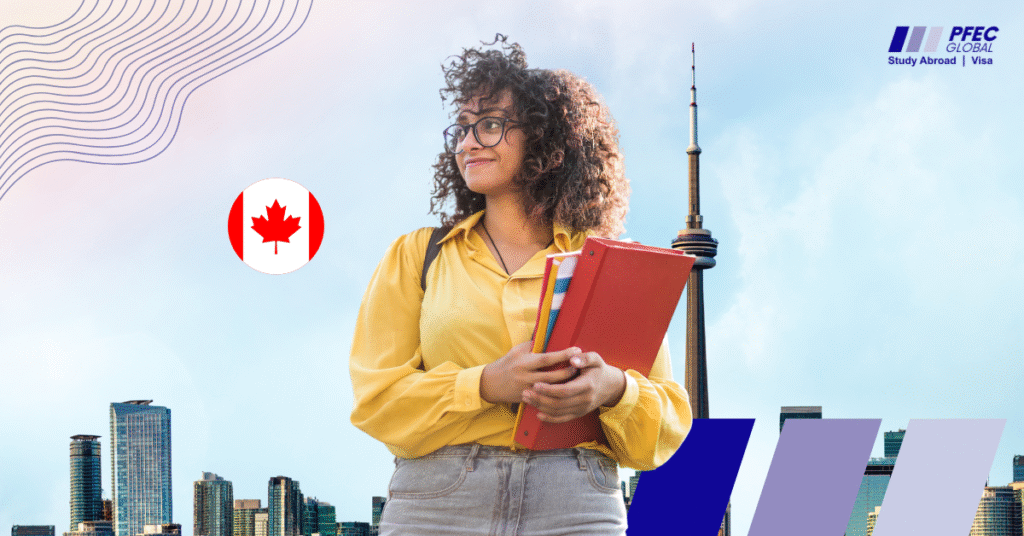Canada Study Visa vs Study Permit: What Indian Students Should Know
- Priyanka Chandwani
- 8 min Read
The article clarifies the difference between a Canada “student visa” (i.e. Temporary Resident Visa or eTA) and a study permit. The “student visa” is actually an entry document permitting you to travel to Canada, while the study permit is what legally allows you to stay and study in Canada for the duration of your course. For programs longer than six months, both (if required for your nationality) must be obtained. The study permit also defines your rights—such as working part-time or applying for post-graduation work permits. The blog advises Indian students to start early and fulfill all document, financial, and immigration requirements.

Studying abroad is an exciting opportunity—but the visa process can often be one of the biggest hurdles. For Indian students, a visa application usually means gathering a lot of paperwork, waiting for approvals, sometimes attending interviews, and meeting strict deadlines. But there are some countries that offer Visa-on-Arrival (VoA) or very flexible entry options that make things much easier. In this blog, we break down what Visa-on-Arrival means, which countries offer it (or similar options) to Indian students, what the requirements are, and what you should watch out for. If you’re considering overseas study and want a smoother visa process, this guide is for you.
What is a Canada Study Permit?
A study permit is a document issued by the Canadian immigration authorities that allows you to stay in Canada for the duration of your studies. If your course is six months or more, you must apply for a study permit to legally study. The permit not only allows you to enrol in your educational institution, but often outlines conditions like whether you can work part-time during your study, and what you must do once your study program ends. For instance, after completing your program, you may have a certain grace period (e.g. 90 days) during which you can apply for further permits or prepare to leave. The cost for a permit, for many applicants, is CAD 150
What is a Canada Student Visa?
The term student visa is often misunderstood because technically, Canada does not issue a document named “student visa” in many cases. What people commonly refer to as a student visa is the temporary resident visa (TRV), or an electronic Travel Authorization (eTA), depending on your nationality. This visa graphically is the entry credential — the document that lets you enter Canada.
If you’re from a country that requires a TRV, you must get this visa (or eTA) in addition to your study permit, before you travel. The TRV or eTA does not alone grant you the right to study — it only allows entry. Once you arrive, the study permit is what authorises you to study and stay for your course’s duration. Countries, including India, generally require the student to have the study permit and other documentation in place before departure.
Key Differences: Student Visa vs Study Permit
| Aspect | Study Permit | Student Visa / TRV / eTA (Entry Visa) |
|---|---|---|
| Purpose | To allow staying in Canada while studying and follow rules for that stay. | To permit entry into Canada. Not sufficient for studying if course > 6 months. |
| When needed | Mandatory for courses and institutions (Designated Learning Institutions, DLIs) when course is 6+ months. | Required if your nationality mandates it (e.g. citizens of countries like India), so you can physically enter Canada. |
| Duration | Valid for the duration of studies + additional period (sometimes grace period). | Valid as per the visa's entry term. Usually shorter, only for entry. |
| Work/internship rights, travel inside/outside Canada | Regulated: e.g. part-time work, conditions vary, work permit eligibility after study (PGWP). | Only allows entry; no permissions inside Canada unless combined with a study permit. |
| Cost & application | Application cost (e.g. CAD 150), involves submission of documents like acceptance letter, proof of funds, etc. | Usually required concurrently; cost depends on visa type; sometimes included in permit process. |
Requirements for Study Permit in Canada
When applying for a study permit, Indian students (or other international students) must prepare several documents and meet certain criteria. Below are commonly required items:
- Acceptance letter from a Designated Learning Institution (DLI) in Canada.
- Valid passport or travel document.
- Proof of sufficient funds to support tuition, living expenses, return travel, and any family members who accompany you. This could include bank statements, Guaranteed Investment Certificates (GIC), education loan, etc.
- Proof that you will leave Canada at the end of studies (demonstrating intent).
- Immigration Medical Examination (IME), depending on the country of origin. For many Indian students, medical exams are needed.
- For minors, a custodian declaration. If you study in Quebec, additional certificate (e.g. CAQ) may be required.
How They Work Together
- Before you travel to Canada, you may need both: an entry visa (TRV) or an eTA, plus a study permit.
- Upon arrival at the port of entry, you must show your study permit approval (or at least proof that you’ll get it) and your visa/eTA, as applicable.
- If your course is six months or shorter, sometimes you may not need a study permit, depending on Canadian rules. But for safety, always verify.
- After finishing your studies, your study permit normally allows a certain extra time (like 90 days) to apply for a Post-Graduation Work Permit (PGWP), travel, or prepare to leave Canada.
Conclusion
Understanding the difference between a “study permit” and what people commonly call a “student visa” is critical for a smooth journey to study in Canada. The study permit is the document that allows you to stay, study, and – under certain regulations – work and progress toward post-study work opportunities. The student visa (or TRV/eTA) is about entry only.
For Indian students, PFEC India recommends:
- Confirm the exact requirements for your specific program and province in Canada.
- Ensure you have both the entry visa (if required) and the study permit in place before departure.
- Begin preparations early—document gathering, proof of funds, acceptance letters, medical exams.
If you’d like, PFEC India can help you prepare your application, check document readiness, or guide you through each step of the Canada student permit & visa process. Best of luck with your Canada application journey!
FAQs
Do I need a study permit if my course in Canada is less than 6 months?
What if my country doesn’t require a TRV/eTA?
Even if you don’t need a TRV or eTA for entry, if your course is six months or more, you still need a study permit.
Can my study permit let me work part-time?
Does student visa / TRV let me stay after studies?
How much does the study permit cost?
How long before my program should I apply?

Take your Study Abroad Dreams to the Next Level
Receive free end-to-end assistance and personalized guidance from experts
Get Started for FREE →
